Floor cushions are having a major moment in interior design, but their story is far from new. For thousands of years, across many cultures, people have gathered, relaxed, and connected on the floor. From ancient Mesopotamia, where the first cushions appeared around 7,000 BC as symbols of status, to the intricate traditions of Japan and Turkey, floor seating has a rich and meaningful history.
Today, this ancient practice is being reimagined for modern living.
Floor cushions offer a unique blend of comfort, style, and versatility, making them an ideal solution for anyone looking to create a more flexible and inviting home. This guide will explore the cultural significance of floor cushions, their surprising health benefits, and how you can incorporate this timeless trend into your space.
A Tradition of Togetherness
Floor culture has been a cornerstone of daily life in many parts of the world, particularly in Asia. In countries like Japan, South Korea, and India, sitting on the floor isn't just a matter of comfort; it's a way of fostering connection and community.
Japanese Design and the Zabuton
In Japan, the zabuton has a history stretching back nearly a thousand years.
Initially reserved for high-status individuals like Buddhist monks and members of the imperial court, these rectangular cushions eventually became a staple in every home. A zabuton makes kneeling or sitting on the floor more comfortable, reducing pressure on the knees and legs. This is especially important during prolonged meditation, which is why the round zafu cushion, influenced by the Chinese putuan, is also a key part of Zen practice.
Anatolian Culture and the Sedir
The tradition of floor seating in Anatolia (modern-day Turkey) is deeply connected to its nomadic roots and Middle Eastern customs. Before Western-style furniture became common, families would gather on intricately woven rugs and cushions called sedir. These arrangements created warm, inviting spaces for socialising. Ottoman palaces even featured luxurious floor seating areas, known as divans, adorned with handwoven cushions that showcased the owner's wealth and status. More than just furniture, Anatolian floor cushions are tools for building community, bringing people to the same level to encourage open conversation regardless of status.
Health and Family Benefits
Adopting floor culture can do more than just change the look of your living room.
Sitting on the floor engages more muscles than sitting in a chair, helping to improve posture and flexibility over time. When you sit cross-legged, your heart also benefits from better circulation compared to when your feet are below your heart on a traditional chair. For families, gathering on the floor creates a relaxed and informal atmosphere, perfect for spending quality time together.
Styling Your Home with Floor Cushions
Floor cushions are a fantastic way to introduce multicultural design into your home while maximising comfort and space.
Their versatility makes them perfect for modern living, especially in smaller homes where flexibility is key.
Create a Cosy Nook
Transform an unused corner into a relaxing retreat. Arrange a few floor cushions around a low coffee table to create an inviting space for reading, sipping tea, or chatting with friends. Mix and match patterns and textures to add depth and personality. For an authentic touch, pair Anatolian-style cushions with a soft rug to create a true sedir experience.
Add Flexible Seating
Need extra seating for guests?
Floor cushions are the perfect solution. Unlike bulky armchairs, they can be easily stacked and stored away when not in use. They're ideal for living rooms, children's playrooms, or even covered balconies. You can even combine cushion sets to create a custom L-shaped or U-shaped seating arrangement for larger gatherings.
Embrace Boho Chic and New Age Design
Floor cushions are a staple of boho chic and new age design. Their low-profile, relaxed vibe fits perfectly with these eclectic styles. Pair jute or woven cushions with macrame wall hangings and lots of plants for a classic bohemian look. For a more minimalist, new age space, opt for simple, neutral-coloured cushions made from natural materials like linen or organic cotton.
Finding the Perfect Fit: Custom Foam Cushions
While you can buy ready-made floor cushions, creating your own allows you to tailor the size, shape, and firmness to your exact needs. This is where a custom foam service is invaluable.
At We Cut Foam, we make it easy to design the perfect cushion. The best foam for floor cushions should provide both comfort and support. We recommend a medium-firm foam that is at least four inches thick. If you need a thinner cushion, a firmer foam will be necessary to offer adequate support.
Our process is simple:
- Choose your shape: We offer a wide range of standard shapes and can cut foam to any custom design.
- Enter your dimensions: Provide the exact measurements for a perfect fit.
- Select your foam: Choose a foam grade that suits your comfort and support needs.
- Place your order: We’ll cut your foam to size and deliver it straight to your door.
By creating your own cushion, you can select the perfect fabric to match your decor and ensure your new seating will last for years to come.
If you are unsure where to start. It's simple, just give us a call, our knowledgeable, friendly staff will be more than happy to help.
Caring for Your Floor Cushions
To ensure your floor cushions have a long and happy life, a little care goes a long way.
- Regular Cleaning: Vacuum your cushions regularly on a low setting to remove dust and debris. You can also air them out in a sunny spot for a few hours to keep them fresh.
- Spot Cleaning: If spills happen, act quickly. Blot the liquid with an absorbent, dye-free cloth. Avoid rubbing the spill or using harsh chemical cleaners, as this can damage the fabric. For stubborn stains, it's best to consult a professional dry cleaner.
- Moth Prevention: Moths are attracted to natural fibres like wool, especially in humid environments. Keep your home well-ventilated and consider using a natural moth deterrent, like lavender sachets, inside your cushion covers, particularly between May and October.
See also - The Ultimate Guide to Foam Maintenance: Tips for Longevity and Care
Frequently Asked Questions
What is the purpose of a floor cushion?
A floor cushion serves as a comfortable, versatile, and space-saving seating option. It can be used for relaxation, meditation, socialising, or simply as a decorative element to add colour and texture to a room.
What are floor cushions filled with?
Floor cushions can be filled with various materials, including foam, feathers, polyester, or organic buckwheat. The filling determines the cushion's firmness and support. For a durable and comfortable option, high-density foam is an excellent choice. At We Cut Foam, we can help you select the ideal foam for your custom design.
How do you use floor cushions?
Floor cushions are incredibly versatile. Use them in the living room for extra guest seating, create a cosy reading nook, set up a meditation corner, or place them in a child's playroom. They can be easily moved and stored, making them perfect for small space design.
How long do floor cushions typically last?
The lifespan of a floor cushion depends on the quality of its materials and how well it's cared for. A cushion made with high-quality, durable foam and a well-made cover can last for many years.
Regular cleaning and proper storage will also extend its life.
See also - Your Custom Cut Foam Questions, Answered
Ready to Redefine Your Space?
Floor cushions are more than just a passing trend; they are a bridge between ancient traditions and modern design.
They offer a simple way to create a more comfortable, connected, and stylish home. By embracing this timeless piece of furniture, you’re not just adding decor; you’re inviting a culture of warmth and hospitality into your living space.
Ready to create your own piece of comfort and history? Start designing your custom-cut foam floor cushion today.

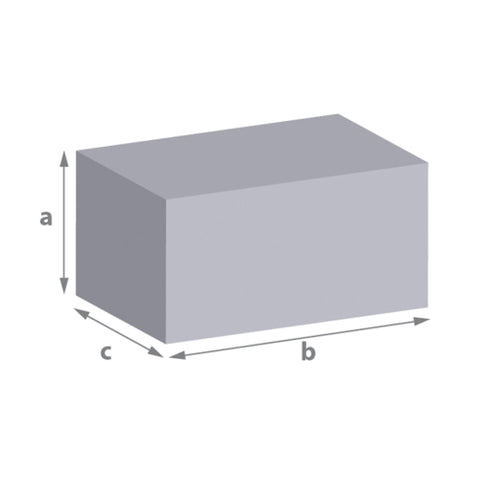
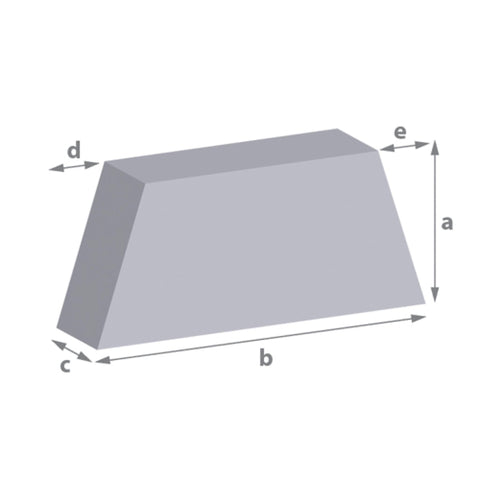
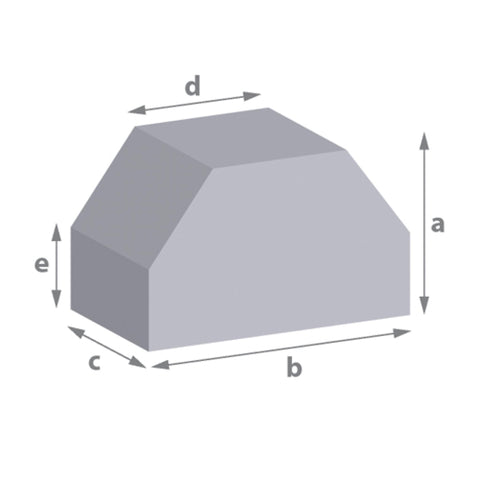
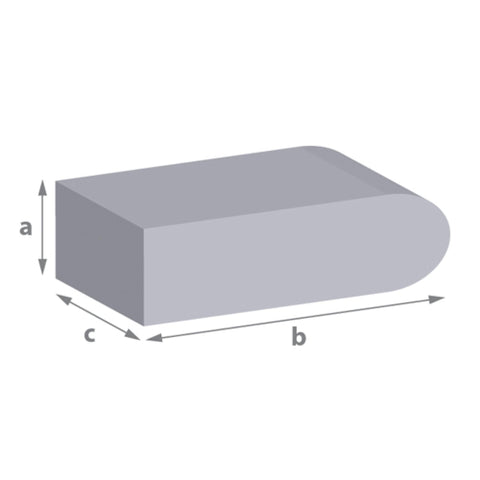
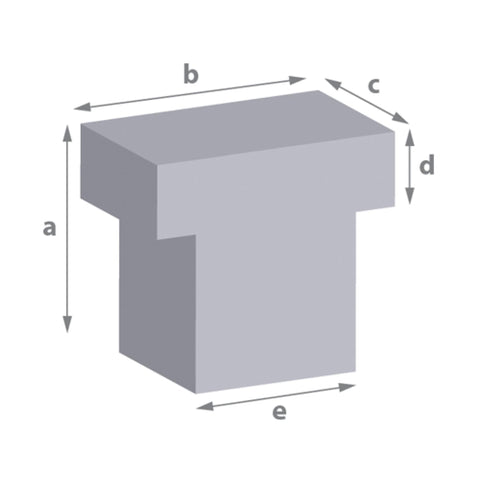
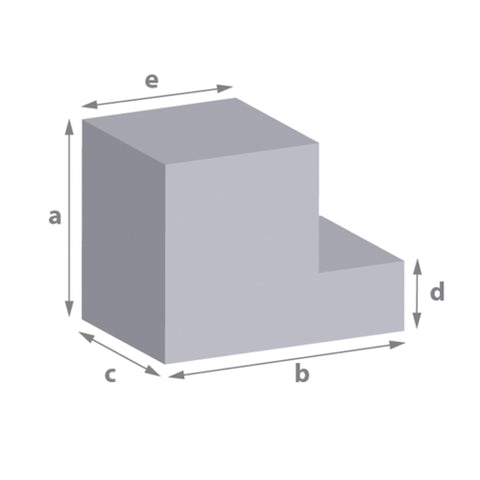
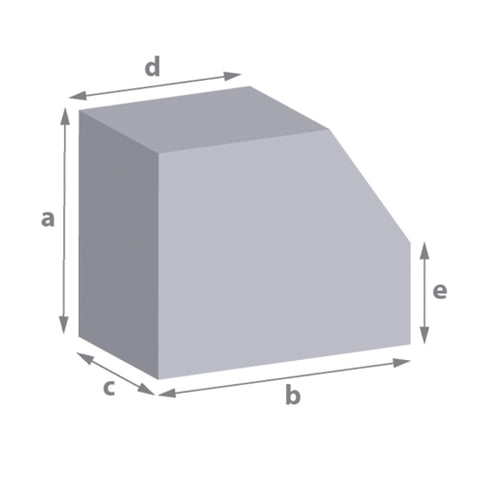
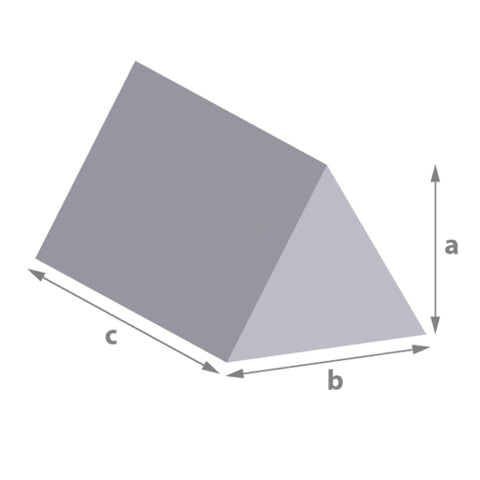
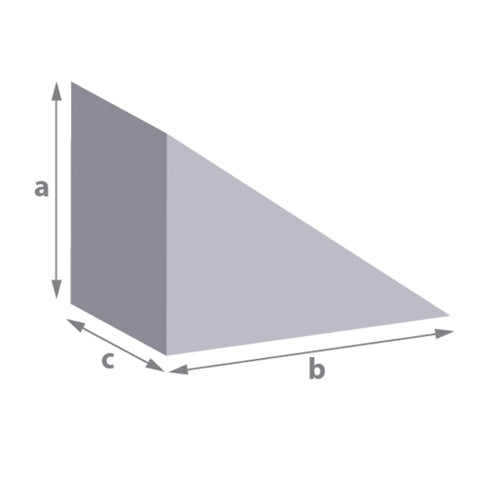
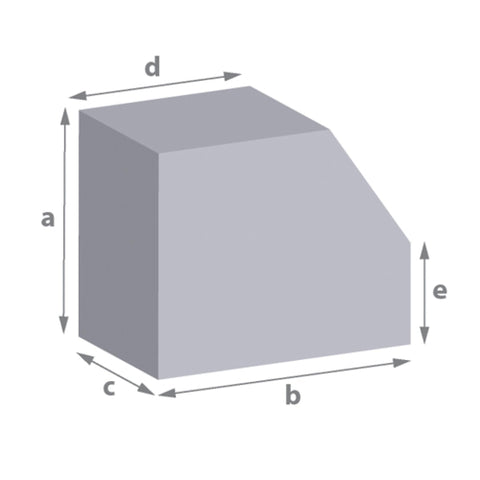
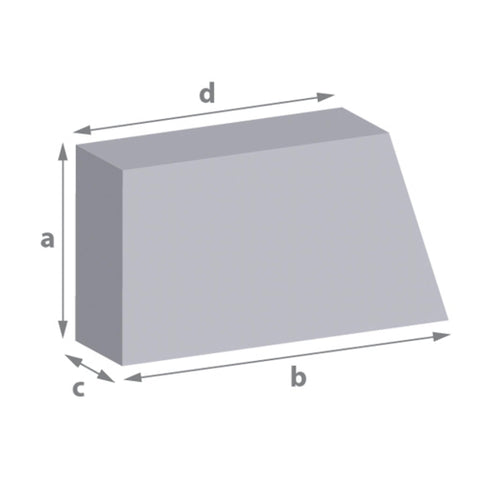
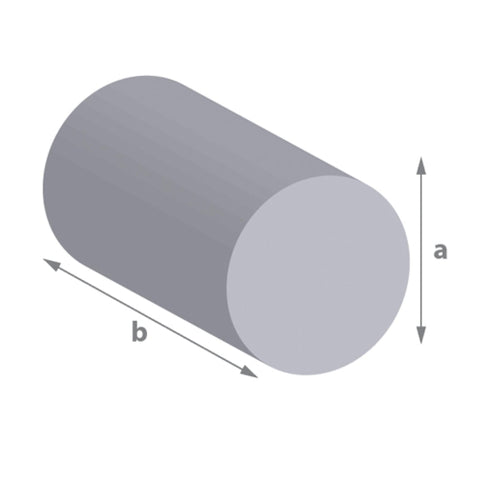
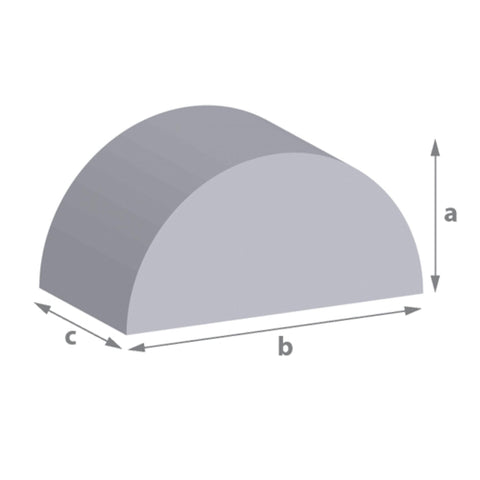
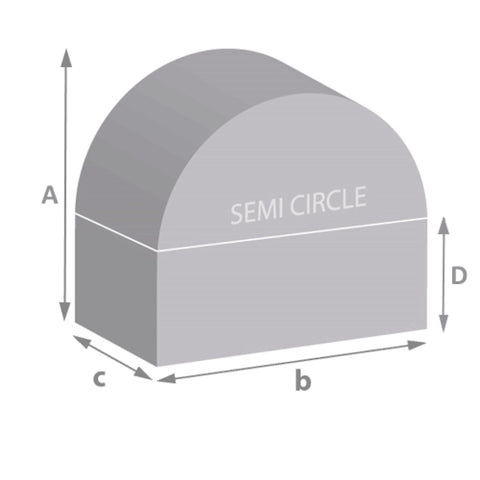
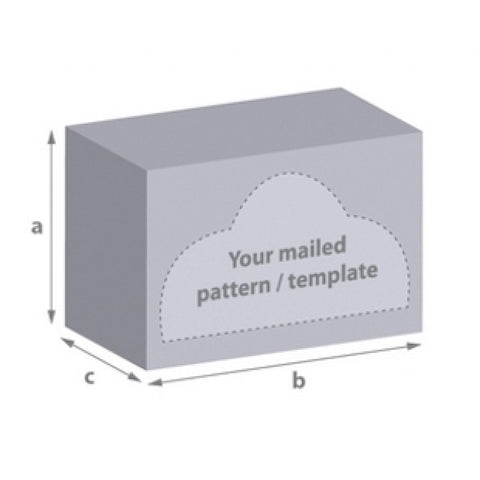
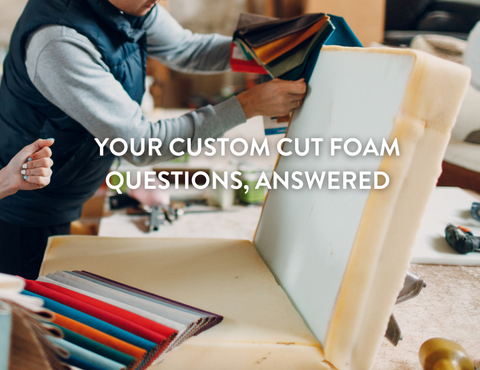

Comments (0)
There are no comments for this article. Be the first one to leave a message!